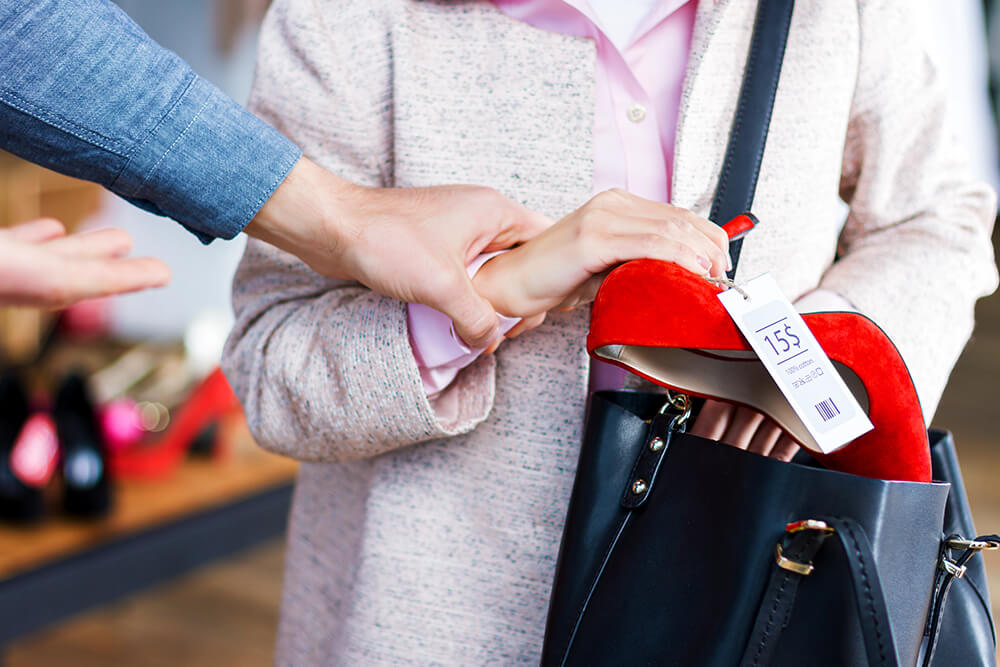
Retailers celebrate holiday spending surge
US retailers are celebrating after a holiday sales surge that defied expectations.
The latest data from the National Retail Federation indicates sales during the November-December holiday season grew 8.3 per cent over the same period in 2019 to $789.4 billion, despite the tough conditions of Covid-19.
Here’s an insight into the spending trends that drove that unexpected sales increase.
Well above previous years
Prior to the holiday period, forecasters had been cautious in their expectations for the season of giving, noting tough economic conditions and the year of Covid could have a major impact on sales.
Consumers defied these expectations, however, with the NRF noting they kicked up a gear in December, most likely as a result of government stimulus.
“There was a massive boost to most consumer wallets this season,” NRF Chief Economist Jack Kleinhenz said.
“Consumers were able to splurge on holiday gifts because of increased money in their bank accounts from the stimulus payments they received earlier in the year and the money they saved by not travelling, dining out or attending entertainment events. Some families are still struggling, as are some retail sectors.
“But the promise of a new round of stimulus checks after a deal was struck before Christmas helped increase consumer confidence.
“Consumers were also encouraged by the news of COVID-19 vaccines becoming available, which helped offset concerns about increased infection rates and state restrictions on activity.”
As a result, spending surged to 8.3 per cent above the same period in 2019 and was more than double the 3.5 percent average holiday increase over the previous five years, including 2019’s 4 per cent gain.
An online emphasis

As expected, much of the holiday season spend transferred online, with online retail increasing 23 per cent to $209 billion.
However, there was also a spike in purchasing in the third and fourth week of December after it was too late to expect delivery of online purchases by Christmas.
The NRF noted consumers worked around this by taking advantage of services like Buy Online Pick-up In-Store (BOPIS) and via quick in-and-out trips to physical retailers.
What people were buying
Some retail verticals performed better than others throughout the holiday season, with sectors like home improvement performing particularly well.
The NRF noted winners and losers of the spending surge were:
- Building materials and garden supply stores, up 19 per cent
- Sporting goods stores, up 15.2 per cent
- Grocery and beverage stores, up 9.6 per cent
- Health and personal care stores, up 5.4 per cent
- Furniture and home furnishings stores, up 2.2 per cent
- General merchandise stores, down 0.1 per cent
- Electronics and appliance stores, down 14.4 per cent
- Clothing and clothing accessory stores, down 14.9 per cent
The takeaway

The NRF explained despite unprecedented challenges in the holiday season of 2020, both consumers and retailers demonstrated “incredible resilience”.
“Faced with the rising transmission of the virus, state restrictions on retailers and heightened political and economic uncertainty, consumers chose to spend on gifts that lifted the spirits of their families and friends and provided a sense of normalcy given the challenging year,” NRF President and CEO Matthew Shay stated.
Future optimism
Now as America looks to a new government and a new year ahead, the National Retail Federation is expressing cautious optimism.
“We believe President-elect Biden’s stimulus proposal, with direct payments to families and individuals, further aid for small businesses and tools to keep businesses open, will keep the economy growing,” Mr Shay said.


